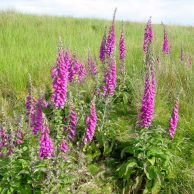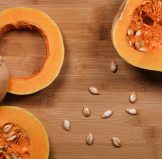
Butternut Squash
We’ve tried a number of ways to store squash, and we’ve been informed over the years by our friends at Seed Savers. If you’ve been canning, chopping and freezing, and cooking things down into sauce this harvest season, you’ll love the ease of storing winter squash whole.
First, be sure the squash are ripe. Each variety differs regarding color and sheen as indicators of ripeness, but as a rule we harvest when the thick stem connecting the fruit to the vine has dried. Cut the stem, leaving at least 1″ and up to 3″ of the stem attached. Be sure to harvest before the first hard frost – if you can’t harvest until after a frost, don’t try to cure and store the squash. Rather, either dice and freeze for later, or bake or make soup and freeze that for later.
Curing is a process that sets up the squash for several months’ of storage by allowing the skin, or shell, to harden. After harvest, elevate the squash off the ground, keeping room between fruits for air to circulate, and leave in a bright, sunny space that isn’t warm or hot for approximately two weeks. You’ll know when they are cured when they pass the ‘fingernail test’ – press your fingernail gently into the shell, and if the skin bruises or breaks, it’s not cured yet! A fully cured squash won’t even dent.
Storage instructions do sound a bit like the porridge in the Goldilocks story – the place you store the squash can’t be too hot or too cold. It needs to be just right! That means not colder than 50 degrees and not warmer than about 65 degrees. The warmer the temperature, the sooner you’ll need to use the squash. Find a cool spot in a closet, the back of a cupboard, a basement, or a garage (if it is temperature controlled). Wrap each squash in paper or straw and place in a box or on a shelf, leaving room for airflow. The paper or straw protects the squash and absorbs any moisture. If the squash does freeze, keep it frozen until you’re ready to use it. Inspect once a week, and use any damaged squash first. Here’s advice from Seed Savers:
- “Any damaged squash should be used as soon as possible.
- Delicatas, Acorns, and Buttercups should be used within a month or two.
- Hubbards, Pie squash, and pumpkins can last up to four months.
- Butternuts last the longest in storage and can take you right into spring.”
And if you don’t have the appropriate space, you can always preserve your squash by dicing and freezing the flesh.
Seed Saving – Seeds last up to a year in your squash – so whenever you use your squash you can scrape out the seeds, rinse and dry, and plant in the spring. Just be aware that squash is a notorious cross-pollinator, and if you grew several kinds you will not necessarily grow a fruit exactly like the one you harvested!
And yes, pumpkins ARE winter squashes. Save them using these same instructions.

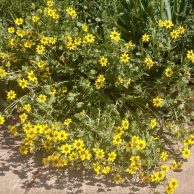
 Solidago ptarmicoides
Solidago ptarmicoides Rosa nutkana
Rosa nutkana
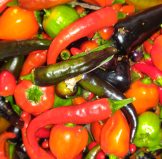 PEPPER
PEPPER


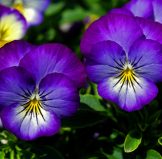
 These are native plants that we often have for sale during the growing season. Availability does change every year, but we grow and buy a wide variety of natives because they are so successful in our gardens.
These are native plants that we often have for sale during the growing season. Availability does change every year, but we grow and buy a wide variety of natives because they are so successful in our gardens. With the disruption and confusion over our national health care system this month, we’re more committed than ever to sharing information on how to create your own home ‘farm-acy’. Watch our class schedule for expanded home herb garden and herbal healing classes during the growing season.
With the disruption and confusion over our national health care system this month, we’re more committed than ever to sharing information on how to create your own home ‘farm-acy’. Watch our class schedule for expanded home herb garden and herbal healing classes during the growing season. Sometimes we overdo heavier food and drink during the holidays, and our stomach suffers.
Sometimes we overdo heavier food and drink during the holidays, and our stomach suffers. One of the beautiful alternatives to a standard, water-thirsty, solid green, mowed Kentucky Bluegrass lawn is a naturalistic meadow composed of low-water clumping grasses and wildflowers.
One of the beautiful alternatives to a standard, water-thirsty, solid green, mowed Kentucky Bluegrass lawn is a naturalistic meadow composed of low-water clumping grasses and wildflowers. We cut, dig and store our dahlia tubers just after the first frost. Our friends at Arrowhead Dahlias have easy instructions.
We cut, dig and store our dahlia tubers just after the first frost. Our friends at Arrowhead Dahlias have easy instructions. We still have Lavender (Munstead, Buena Vista, Hidcote and Grosso), and if you want to plant them this season, get them this week on sale for 20% off! Any plants left after that will be potted up for next year. Because it is evergreen, newly planted lavender is more sensitive to hard frost than many other hardy perennials, so to give them a chance to establish before very cold weather arrives, plant them NOW. If you garden at an elevation higher than 6,000’, we recommend waiting to plant lavender next spring.
We still have Lavender (Munstead, Buena Vista, Hidcote and Grosso), and if you want to plant them this season, get them this week on sale for 20% off! Any plants left after that will be potted up for next year. Because it is evergreen, newly planted lavender is more sensitive to hard frost than many other hardy perennials, so to give them a chance to establish before very cold weather arrives, plant them NOW. If you garden at an elevation higher than 6,000’, we recommend waiting to plant lavender next spring. Your Fall Vegetable Garden Starts Here!
Your Fall Vegetable Garden Starts Here!
 We finally got a chance to bring out our excellent and unique selection of Native Conifers! Most of them are special dwarf forms that can easily fit in a home garden. These accent plants can give structure and winter interest to elevate your garden design in all seasons.
We finally got a chance to bring out our excellent and unique selection of Native Conifers! Most of them are special dwarf forms that can easily fit in a home garden. These accent plants can give structure and winter interest to elevate your garden design in all seasons. We know that not all of customers live in a house with a yard. Many of you live in apartments or condominiums or townhomes and have only a balcony or a very small patio on which to grow anything outdoors. We would love to help you make the most of your outdoor space, even if it’s tiny.
We know that not all of customers live in a house with a yard. Many of you live in apartments or condominiums or townhomes and have only a balcony or a very small patio on which to grow anything outdoors. We would love to help you make the most of your outdoor space, even if it’s tiny.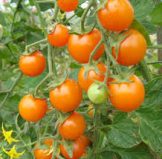
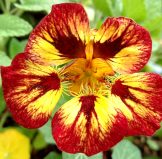
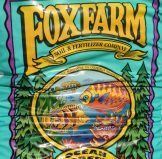
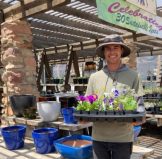 TERRACOTTA (unglazed, low-fire clay)
TERRACOTTA (unglazed, low-fire clay)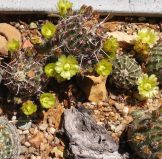

 Right now, we have our biggest selection of highly desirable plants for the season. Some of them are unusual and available in limited quantities. This includes a number of very choice native perennials that are very hard to find and will sell out fast, like:
Right now, we have our biggest selection of highly desirable plants for the season. Some of them are unusual and available in limited quantities. This includes a number of very choice native perennials that are very hard to find and will sell out fast, like:
 XERISCAPE TREES AND SHRUBS for SUN
XERISCAPE TREES AND SHRUBS for SUN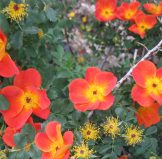
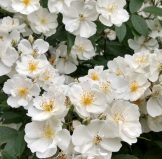
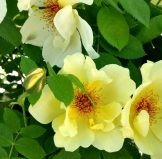
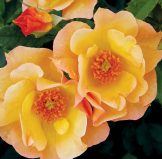
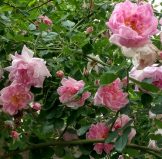
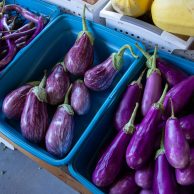
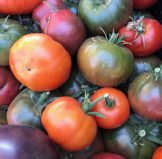 HARLEQUIN’S GARDENS 2025 TOMATO STARTS
HARLEQUIN’S GARDENS 2025 TOMATO STARTS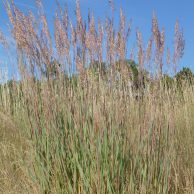
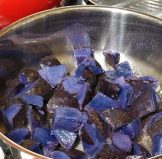
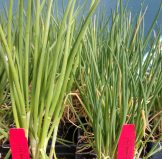
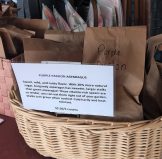
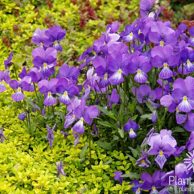
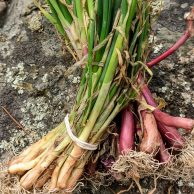
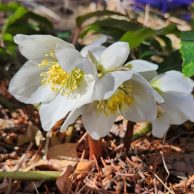
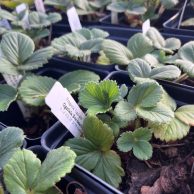
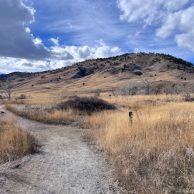
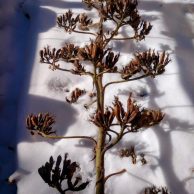


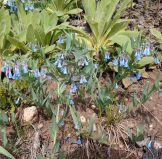
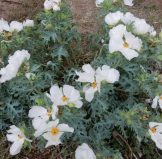
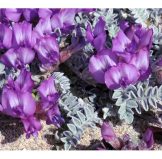
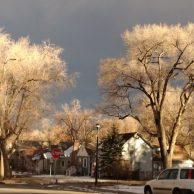
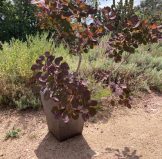
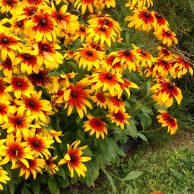 Fall is among the best times to plant perennials. While we may begin to wilt from late summer heat, many plants rise to the occasion and burst into bloom! As days begin to grow shorter, perennials spend the next few months developing root systems or taproots that delve well below the hot, dry surface soil. Pollinators depend on finding pollen and nectar sources through the entire summer, so it’s important to include late-summer and autumn bloomers in your garden.
Fall is among the best times to plant perennials. While we may begin to wilt from late summer heat, many plants rise to the occasion and burst into bloom! As days begin to grow shorter, perennials spend the next few months developing root systems or taproots that delve well below the hot, dry surface soil. Pollinators depend on finding pollen and nectar sources through the entire summer, so it’s important to include late-summer and autumn bloomers in your garden. 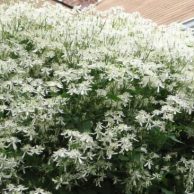
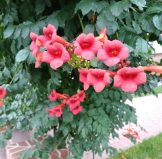
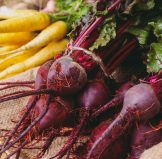 from Mitten Lowe at
from Mitten Lowe at 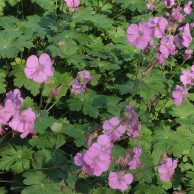
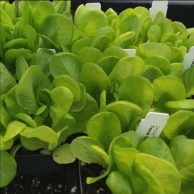
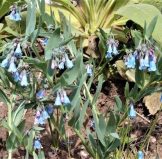
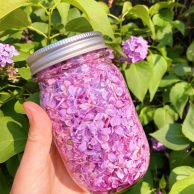
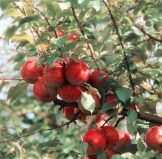 “The best time to plant a tree was 20 years ago. The second best time is NOW.” While this ancient Chinese proverb still rings true, fruit trees can begin to bear at a pretty young age, bringing satisfaction much sooner than a tree planted for shade or major presence in the landscape. We carry a wide selection of fruit trees proven to thrive and produce here in Colorado and taste great, and the apples, pears, cherries and plums on the list in the link below are in stock right now so that you can plant your own for years of enjoyment. (We don’t have peaches out at the moment – ask when you come in).
“The best time to plant a tree was 20 years ago. The second best time is NOW.” While this ancient Chinese proverb still rings true, fruit trees can begin to bear at a pretty young age, bringing satisfaction much sooner than a tree planted for shade or major presence in the landscape. We carry a wide selection of fruit trees proven to thrive and produce here in Colorado and taste great, and the apples, pears, cherries and plums on the list in the link below are in stock right now so that you can plant your own for years of enjoyment. (We don’t have peaches out at the moment – ask when you come in).